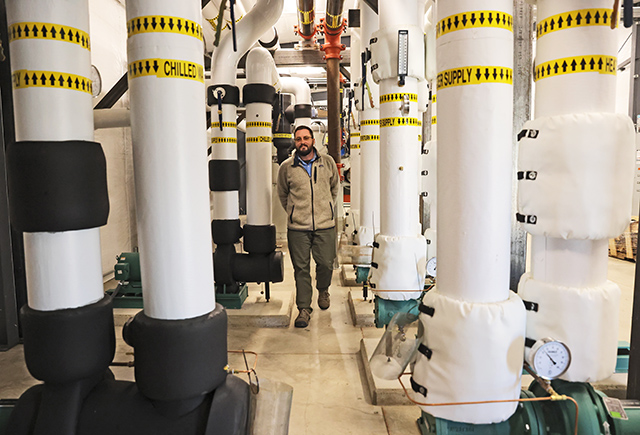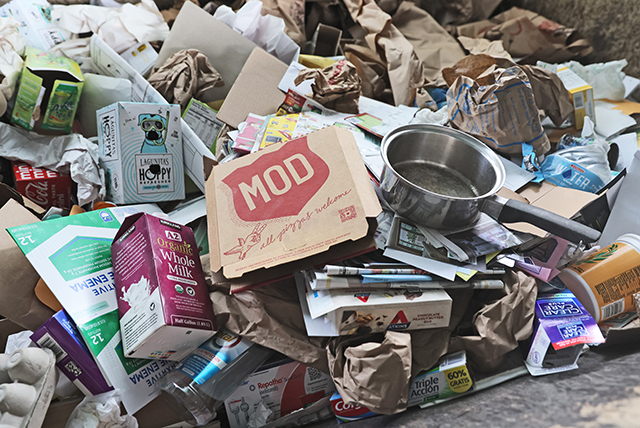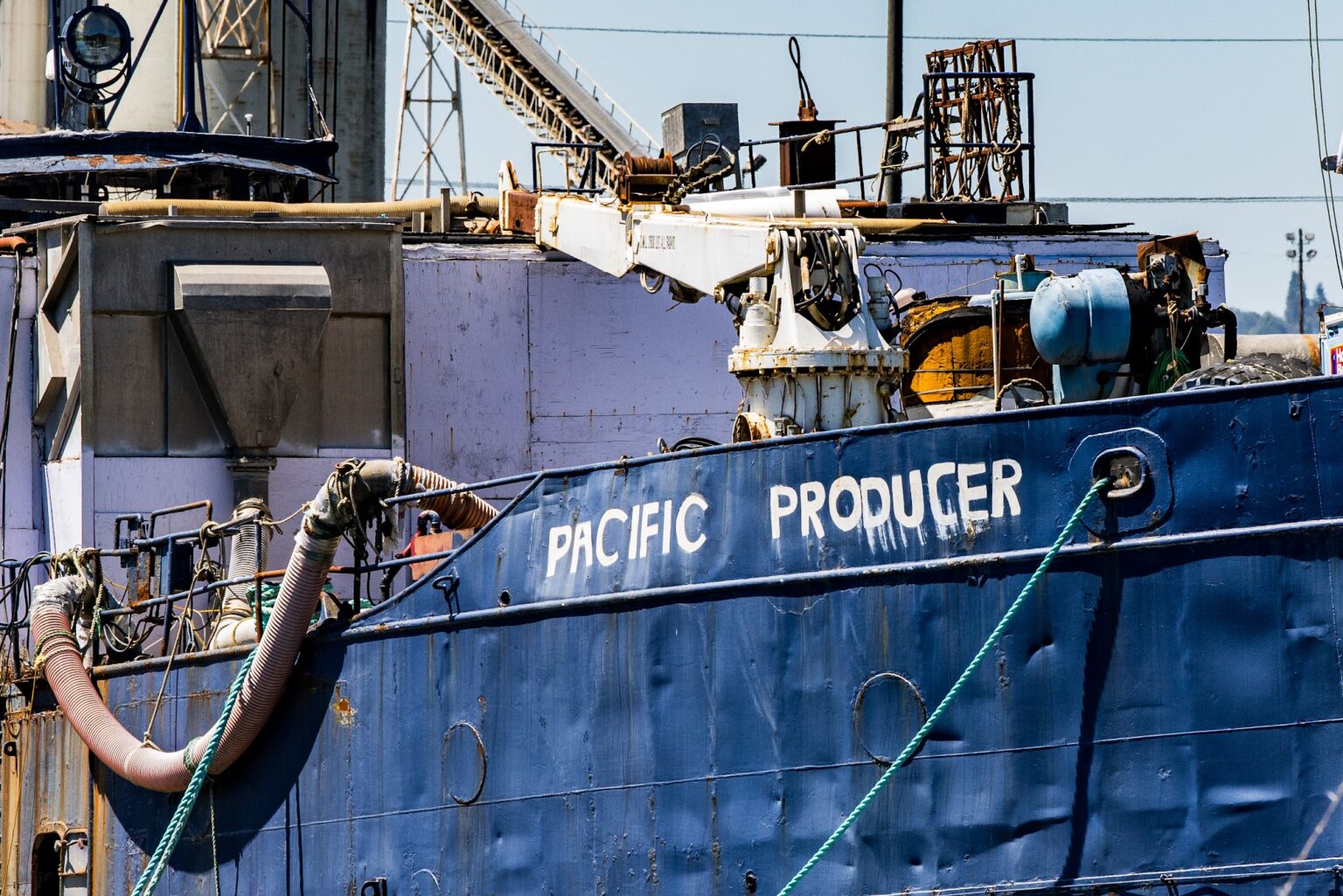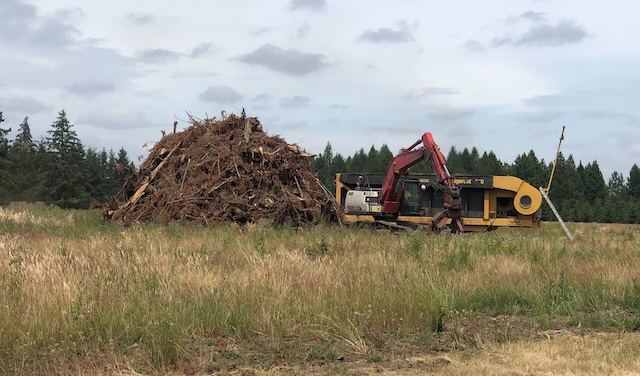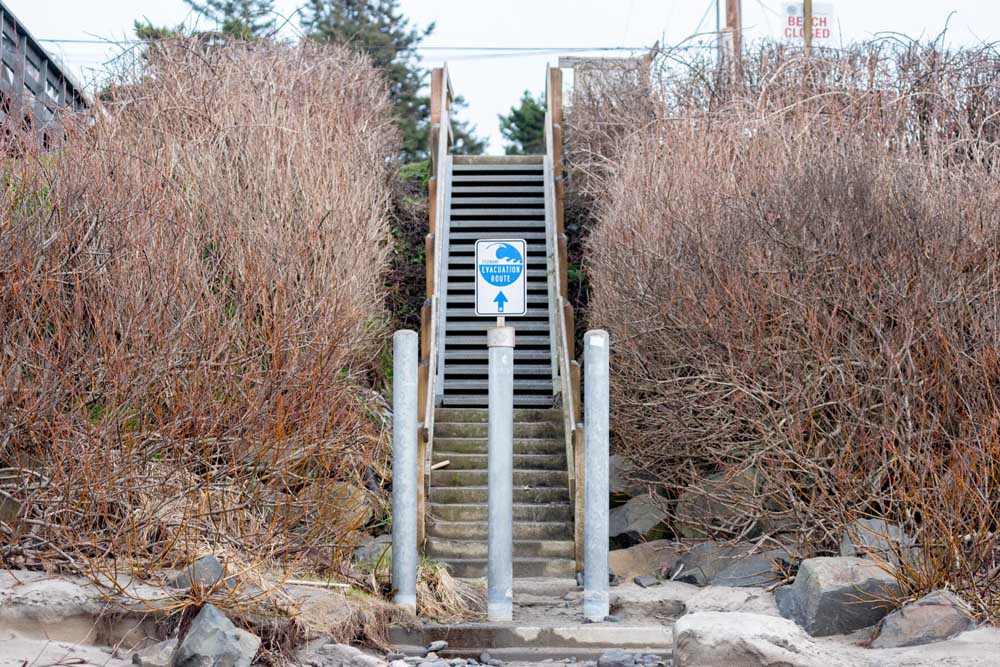OSU-Cascades outlines plan for going net zero on energy
Published 5:45 am Thursday, May 22, 2025

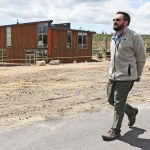
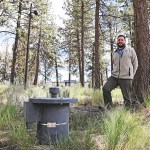
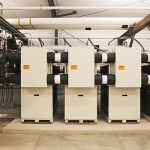
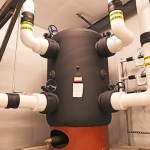
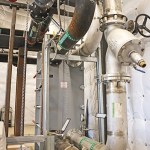
Oregon State University-Cascades has big plans to go green. The university is aiming to be among the first nationwide to be a net-zero campus.
But achieving net zero (when energy produced annually equals the energy used) on the campus in Bend requires more than solar panels. There’s a lot of processes — above ground and underground — at work too.
Jarrod Penttila, associate director of capital planning and construction at OSU-Cascades, provided a glimpse into how the campus is developing its net-zero technology.
Trending
Q: What are the first steps toward achieving a net zero campus?
JP: Net zero energy starts off with reducing the overall energy demand as far as you can, so making the most efficient building envelopes that keep the heat or cold in, and keep the cold or heat out. That’s kind of the first thing.
Then the second piece in achieving net zero is usually making the most efficient mechanical system you can. So the way that you heat or cool the building, you’re trying to make the most efficient system possible.
The third thing is taking whatever energy you use for the year and trying to offset that with solar on the rooftops or on the ground. The solar piece is usually the last step in that process. So the first two steps are critical, otherwise, you need an infinite amount of solar panels to offset a really wasteful building.
Q: The campus is adopting an open loop geo-exchange for heating and cooling buildings. Can you talk about that?
JP: Geothermal tends to refer to an area where you’re harvesting heat out of the earth, whereas a geo-exchange tends to refer to something where you’re exchanging heat back and forth. For example, in the wintertime, we are harvesting heat, but in the summertime, we’re rejecting heat.
Trending
In that way, we’re actually using it for both heating and cooling seasons.
An open loop geo-exchange means that we pull water from the aquifer using an extraction well and then we run that through some heat exchangers before putting it back in the ground with an injection well.
The water comes out of the ground at about 50 degrees fahrenheit all year long. We harvest about four or five degrees off that water in the wintertime, or we add four or five degrees to it in the summertime. So it’s a relatively small change in the temperature of the water.
Water is returned in winter at 45-46 degrees fahrenheit and in summer it’s returned at 54-55 degrees fahrenheit.
We’re keeping it very clean, it only goes through one small building where we have heat exchangers, before we put it back into the ground.
The technology we are using is similar to the way an air conditioner or heat pump works. Instead of using the air outside as the source or sink for that heat or cooling, we’re using that groundwater as the source or sink.
Q: Can this technology be used anywhere?
JP: Geoexchanges can be used anywhere and there are two different types, open-loop and closed-loop. Ours is an open-loop. Nationally, closed-loop is far more common.
Having the right geology for an open-loop geo-exchange is relatively rare and pretty hard to find. It just so happens that we have an aquifer below us with incredibly clean water. And it happens to be at a very good temperature for heating and cooling.
One of the things that made us investigate this outcome is we learned that Seventh Mountain Resort, for like 30 years, has been operating the same system. So this is not new technology. This is actually something that’s been used here for a long period of time. And other parts of Oregon have used something similar.
Across the country, as universities and small cities and institutions try to figure out how they’re going to replace aging infrastructure, they’re looking at the most efficient thing they can replace it with. And usually what they’re landing on is a closed-loop geoexchange.
And in that way, they have little wells that they drill all over their land. And they run a U-loop down those where they can run water down and back up each one of those. And so they’re never touching the aquifer.
They’re just heating the actual earth, that’s the soil basically. And so they’re using the soil as the source and sink for that heat and cooling.
Q: What power will be used to keep the lights on?
JP: Where we’re headed to is having a campus that is generally all electric powered but uses natural gas for emergency generation. So all of our mechanical systems, the pumps, the air handlers, the heat recovery chillers that do the heating and cooling of the buildings, those are powered by electricity that comes from the grid.
And once we install our solar, then we’ll probably be about halfway to the point of having a net zero campus. Electricity comes from the solar panels — that offsets the electricity annually that we use from the grid in a year.
There are a few things we need to do to reach net zero on campus.
Our first three buildings were built before our net zero plan had taken shape. We need to connect those first three buildings to our district energy system, which will help us reduce the amount of energy those buildings use.
We will ultimately need to add some ground-mount solar as the roof space we have is not enough space for the solar needed in order to reach net zero.
We need to continue constructing the most efficient buildings we can possibly achieve as this will reduce the amount of solar.
Q: Is the geothermal exchange working now?
JP: We installed our first wells in 2020. And we’ve been heating and cooling Ray Hall with this system since 2021 when the building opened.
The Student Success Center was just completed and students are in there now using it. That building is also heated and cooled with the system. And so we’re slowly building out what’s known as a district energy system, where energy can be shared from building to building as well.
So if you imagine students waking up in the morning in their residence hall and the temperature in the residence hall going up as everybody wakes up and uses hot water. And then they move over to their academic building or their dining hall. We can actually transfer that heat from one building to another to heat up the next building they’re going to be in all day.
Then when they come back to their residence hall in the evening, we can then transfer the heat back to the residence hall.
Moving that heat around is more efficient and is less costly than making that heat over and over again.
Q: Is that new technology?
JP: District energy systems have been around in different forms for many decades, so not new technology.
I think more and more universities, organizations, institutions across the country, especially over the past maybe five to seven years, have really started to see the benefit of how we can share heat between buildings.
Heat pump technology has really moved to a point where this is a highly efficient way of heating and cooling buildings, especially when you have many buildings that are associated with each other.
Q: Most of the buildings that exist now, including the residence hall and the dining hall, are not using the geo-exchange technology. Why not?
JP: When the first 10-acre campus opened up, OSU didn’t own the rest of the land, the other 118 acres.
Additionally, the master plan and the energy study that gave us the pathway to achieving our net-zero energy goals wasn’t in place yet. So there was no way to know how exactly we were going to link these buildings together, or if we were going to, or what system was going to serve them.
As a result, they were all built above the energy code of the time, so they are quite efficient on their own, but were not connected together.
As we move towards our fourth, fifth building, we have a vision for how we can connect all these together so we can start to build them with that end point in mind.
Q: So you can course correct now that the campus plan is shaping up?
JP: I think that’s relatively accurate. It’s not without cost, but these buildings were built with hydronic systems. And so really it’s just putting the piping in the ground and connecting them up to that district energy system, changing some of the ways the buildings operate.
It’s not like there are levels of work that would be unfathomable. This is a relatively reasonable project to add it, to connect these up.
Q: Do you have students that are also kind of working on this somehow or understanding the process?
JP: Our energy systems engineering and our engineering degree, two different degrees, both have students who take classes in things like this.
It’s pretty exciting because while we’re developing these things, they’re able to get their hands onto the things that we’re developing on campus and designing on campus.
Last semester, there was actually a group of students who did a capstone on exactly what you and I were just talking about. Their capstone project was evaluating how to connect the existing previous three buildings to our district energy system, looking at the types of equipment that would have to be installed in the buildings.
And then looking at the underground piping that would have to be installed and then putting a cost to it and calculating the efficiency increase, the benefits of doing that overall. That’s our second year of being able to do that with the students from that capstone.


